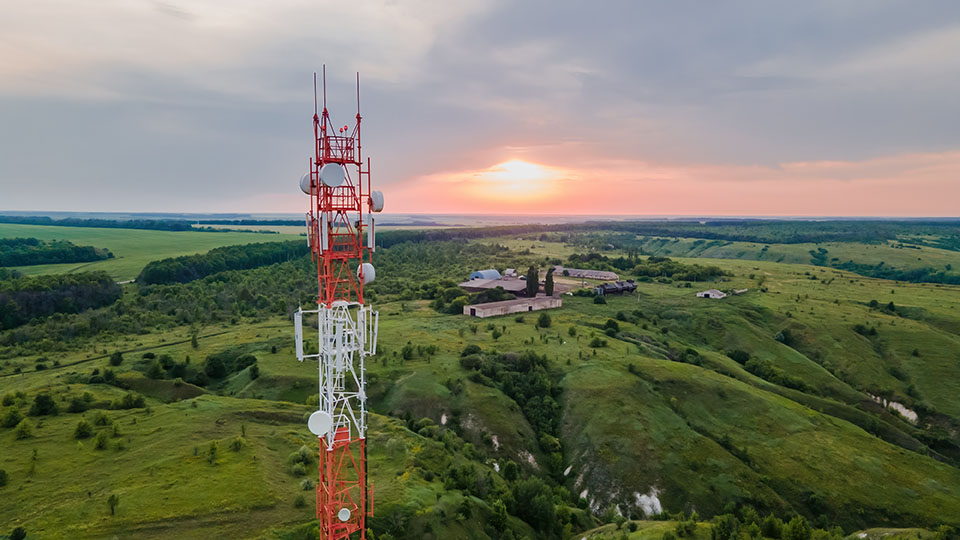

Antennae (plural of antenna) are long, thin structures that are found on the heads of insects, spiders, and other animals. They are used to sense the environment and to communicate with other animals.
Antennae are made up of many tiny sensors that can detect different things, such as smells, vibrations, and changes in temperature. They can also be used to send and receive signals, such as those used for communication.
In insects, antennae are often used to find food. They can also be used to detect predators and to communicate with other insects. In spiders, antennae are used to sense the vibrations of prey.
Antennae are an important part of the sensory system of many animals. They help the animals to interact with their environment and to communicate with each other.
Imagine that you are a blind person. You use a cane to sense your surroundings. The cane is like an antenna. It helps you to feel the ground and to detect objects in your path. In the same way, antennae help animals to sense their surroundings. They can detect smells, vibrations, and changes in temperature. This helps the animals to find food, to avoid predators, and to communicate with each other.
The antennae of the insect were long and delicate.

Singular: antenna.
Plural: antennae (preferred).
Noun: a long, slender structure that receives or transmits radio waves or other electromagnetic radiation.
Adjective: pertaining to or resembling an antenna.
The word "antennae" comes from the Latin word "antenna," which means "sail yard" or "yardarm." The Latin word "antenna" is derived from the Greek word "ἀντέῤα" (antēra), which also means "sail yard" or "yardarm.".
What are antennae?